Ron Sakolsky
The Inner Island Surrealist Group
An island is finite. Surrealism is infinite. The question then is how can an island invoke the infinite spirit of surrealism in the finite context of locality? The answer for us was to be found in connecting it to Indigenous place-naming. The colonial name, Denman Island, commemorates nothing so much as imperial conquest, genocidal smallpox blankets, and the British gunboats commanded by Admiral Denman. However, as objective chance would have it, the original Indigenous name for the island, Sla-Dai-Aich, translates into English as Inner Island. In one sense, this name simply distinguishes its location just off the massive coastline of Vancouver Island to its west and from that of the nearby Outer Island (Hornby Island) to its east. However, though admittedly a very unassuming name on the surface, it poetically resonates with the surrealist quest to unlock the secrets of the unconscious mind which can be analogically perceived as an inner island. And so, we have enthusiastically embraced the fortuitous nature of the double entendre by naming ourselves the Inner Island Surrealist Group.
Another correspondence between islands and surrealism is that islands have a history of being associated with utopian experiments in transforming reality as in Aldous Huxley’s novel, Island. The Gulf Islands, of which the Inner Island is one, have in practice been no exception to this utopian siren song. Numerous intentional communities and counter-cultural communes have sprung up on these islands over the years as well as on the much larger Vancouver Island. As a character in Jack Hodgkin’s classic British Columbian novel, The Invention of the World, notes about the latter, “This island is littered with failed utopias.” But rather than seeing them as failures just because they did not fully achieve their goals, we might alternately think of them as offering pre-figurative or inspirational visions of what Ernst Bloch called the “not-yet.” These anticipatory glimpses enable us to move in the direction of transformative change as we approach the perpetually receding horizon of the possible.
Since it was a particularly anarcho-surrealist sensibility that sparked the formation of the Inner Island Surrealist Group, one of the many delights of living on these Gulf Islands is knowing that we are part of a larger archipelago the stretches down to the San Juan Islands in the state of Washington. In our surrealist dream map, there are no authoritarian borderlines between the USA and Canada to confine the waking dreamers. As Indigenous peoples have always known, the islands of the Salish Sea do not cross borders, but rather it is the borders that cross them. And in a more specific sense, when it comes to property lines, even the most radically utopian land-sharing arrangements must grapple with the fact that they are located on unceded/stolen land.
Accross from Malcolm Island (which once boasted a working-class utopian socialist commune of Finnish descent in the village of Sointula) lies Cormorant Island, where now resides the Kwakwaka’wakw Peace Dance Headdress (featuring a raven/hawk yaxwiwe ermine band topped with sealion whiskers) which was always on the desk of André Breton at 42 Rue Fontaine. Unbeknownst to Breton, it had been brutally seized in a 1922 raid under the assimilationist Canadian anti-potlatch laws of the time. Coming full circle, in 2003, it was ceremoniously returned to the Indigenous-run U’Mista Cultural Centre at Alert Bay by his daughter, Aube, with the Breton family voluntarily making a financial donation for its ongoing maintenance. The headdress is not mentioned here because we regard it as some sort of holy surrealist relic, but rather because we recognize it as a symbol of our ongoing passional attraction to Northwest Coast Indigenous culture and mythology in conjunction with our quest to decimate the plague of Western civilization and re-enchant the world.
